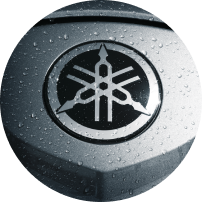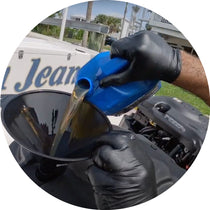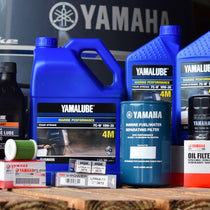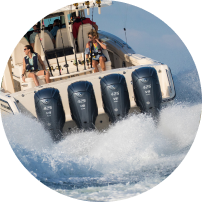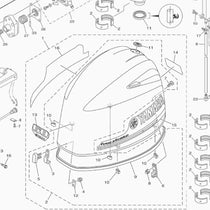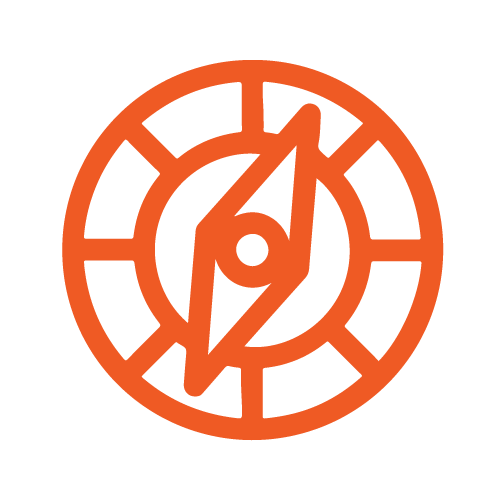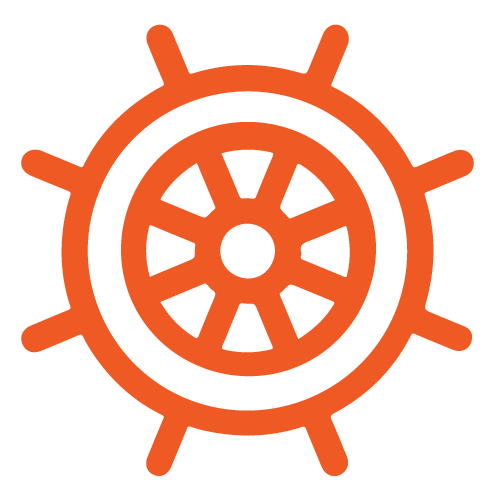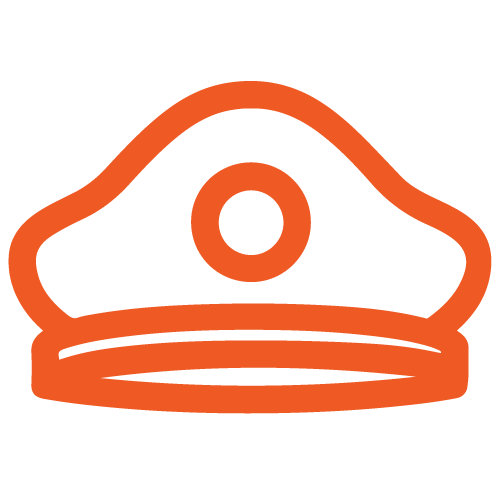Choosing the right Yamaha outboard gauges for your needs is critical for maximizing performance, safety, and enjoyment on the water. Whether you fish near-shore waters or venture into offshore adventures, your outboard gauge setup can make all the difference. This comprehensive guide breaks down your options — analog gauges, digital multifunction displays, and Yamaha’s advanced Command Link Plus system — to help you make the smartest choice.
Understanding Yamaha Outboard Engine Gauge Options
Yamaha offers three main types of gauge setups:
Each type caters to different boating needs and preferences. Let’s dive into their features, pros, and cons.
1. Analog Gauges: Classic and Reliable
What Are Analog Gauges?
Analog gauges are traditional, mechanical-style meters with needles pointing to dial numbers. They provide real-time feedback on key engine functions.
Common Analog Gauges and Their Roles
Analog gauges include instruments such as the tachometer, speedometer, fuel gauge, temperature gauge, oil pressure gauge, and voltmeter. Each plays a vital role in engine monitoring: the tachometer tracks engine revolutions per minute (RPM) to help you maintain optimal engine speed; the speedometer indicates how fast your boat is traveling; the fuel gauge prevents unexpected fuel shortages by showing remaining fuel levels; temperature and oil pressure gauges protect your engine from overheating and lubrication failure, respectively; and the voltmeter keeps an eye on battery health and electrical system performance. Together, these gauges provide fundamental data to keep your boat running smoothly.
Pros and Cons
-
Simple, reliable, and cost-effective.
-
Limited to showing one parameter per gauge.
-
No customization or advanced alerts.
2. Digital Multifunction Displays: Modern and Precise
What Are Digital Gauges?
Digital multifunction displays consolidate multiple engine parameters into one or two compact screens. They use numeric readouts and often feature backlighting for night visibility.
Features and Benefits
Digital displays provide the convenience of simultaneously viewing multiple engine metrics, including RPM, speed, fuel level, oil pressure, voltage, and temperature. These screens often allow customization, letting you prioritize which data to display according to your preferences. Many include audible or visual alerts that warn you of engine issues, increasing safety on the water. Their compact design saves dashboard space compared to multiple analog gauges, and backlighting improves visibility during nighttime or low-light conditions.
Pros and Cons
-
Slightly more complex to install and set up than analog gauges.
-
Screen glare can be an issue in bright sunlight, depending on the model.
-
Moderate cost, offering good value for data richness.
3. Yamaha Command Link Plus System: Advanced Engine Management
What Is Command Link Plus?
Command Link Plus is Yamaha’s top-tier integrated digital monitoring system. It connects your outboard engine(s) with multifunction displays and compatible electronics to deliver comprehensive real-time engine diagnostics and boat status.
Key Features
This system provides detailed engine data, including RPM, fuel consumption, trim angle, oil pressure, voltage, and coolant temperature. It supports monitoring multiple engines from a single display, making it essential for boats with twin or triple Yamaha outboards. Command Link Plus integrates seamlessly with GPS units, fish finders, radar, and other marine electronics to create a fully connected boat system. It also offers customizable alerts and maintenance reminders, with many models featuring user-friendly touchscreen interfaces for intuitive control.
Pros and Cons
-
Complete engine control and monitoring.
-
Best for offshore and multi-engine boats.
-
Higher cost and complex setup requiring professional installation.
-
Learning curve to unlock full features.
What Do You Need for Different Applications?
Near-Shore Boating
If you primarily fish or cruise near shore, within about 5–10 miles of land, your gauge requirements are generally straightforward. Simple analog or digital gauges provide reliable monitoring of basic functions, such as RPM, speed, fuel level, and temperature, with clear alerts when needed. This setup covers your essential safety and performance needs without unnecessary complexity.
Offshore Boating
Comprehensive engine monitoring is critical for offshore excursions where longer distances, rougher seas, and limited emergency access increase risks. Yamaha’s Command Link Plus system offers detailed diagnostics and multi-engine management, enhancing safety and performance on challenging waters. This advanced setup helps you prevent issues before they become serious problems far from shore.
Cost and Budget Considerations
Yamaha outboard engine gauge systems vary widely in cost, reflecting their features and complexity. Analog gauges represent the most affordable entry point with minimal maintenance needs, making them suitable for budget-conscious boaters. Digital displays are more expensive but offer enhanced precision, customization, and alerts at a moderate price. The Command Link Plus system requires a higher investment due to its advanced capabilities, stringent hardware requirements, and complex installation. Balancing your budget against your boating style and safety needs will help you find the best value over time.
Compatibility and Upgrade Paths
Yamaha outboard engines differ in their compatibility with gauge systems. Most newer 4-stroke models support digital and Command Link Plus gauges, while older engines may only work with analog setups. Fortunately, you can often upgrade from analog to digital gauges or from digital to Command Link Plus as your boating needs evolve. Always verify compatibility with your specific engine model to ensure seamless operation. Using OEM Yamaha gauges guarantees optimal integration and reliability.
Environmental Considerations
Yamaha gauges are built to withstand harsh marine environments, featuring water resistance and vibration durability. Analog gauges are mechanically robust but lack enhanced visibility features. In contrast, digital and Command Link Plus displays offer backlighting and anti-glare coatings, ensuring readability in both bright sunlight and low-light conditions. Thoughtful placement on your dashboard—shielded from direct sun and spray—will further improve durability and ease of use.
User Experience and Real-World Performance
-
Analog gauges provide a quick, familiar snapshot of engine status, performing reliably even in rough seas with minimal distractions.
-
Digital displays offer clear, precise data and customizable layouts, though they may require a brief adjustment period.
-
Users of the Command Link Plus system often report increased confidence offshore due to detailed diagnostics and synchronized multi-engine monitoring.
- All Yamaha gauges undergo marine-grade testing to ensure long-term performance despite vibration and salt spray.
Additional Accessories and Integration
The Command Link Plus system supports integration with Yamaha’s GPS, fish finders, radar, and autopilot systems, creating a connected marine electronics ecosystem. Many digital gauge systems also offer wireless monitoring or remote diagnostics through compatible apps, providing additional convenience and safety. Incorporating these accessories can enhance navigation, fishing, and overall boating enjoyment.
Warranty and Support
Yamaha OEM gauges come with manufacturer warranties covering defects and performance issues. Authorized Yamaha dealers provide professional installation, troubleshooting assistance, and software updates when available. Choosing OEM components ensures you receive complete warranty protection and expert support tailored to your Yamaha outboard.
Yamaha Outboard Gauge FAQ
Q: Can I mix analog and digital gauges on my Yamaha outboard?
A: Generally, yes, but mixing gauge types can complicate installation and dashboard aesthetics. Matching gauge styles is recommended for uniformity.
Q: Does Command Link Plus work with all Yamaha outboards?
A: No. Compatibility depends on engine model and year. Check your engine specifications before purchase.
Q: Are aftermarket outboard gauges better than Yamaha OEM gauges?
A: Yamaha OEM gauges are designed specifically for their engines, ensuring accuracy and reliability. Aftermarket options are available, but they may lack seamless integration and warranty support.
Q: How often should I check or calibrate my Yamaha outboard engine gauges?
A: Regular inspections are recommended, particularly before long trips. You should also check your gauges annually or whenever you notice any irregularities.
Final Thoughts
Selecting the right Yamaha outboard gauges depends largely on your boating style and the level of engine data you want. Analog or simple digital gauges offer reliable and cost-effective monitoring for near-shore boating. Yamaha’s Command Link Plus system offers industry-leading integration and diagnostics for offshore and multi-engine setups.
Make your gauge choice with your needs in mind. Proper gauges provide confidence and control every time you’re on the water.



